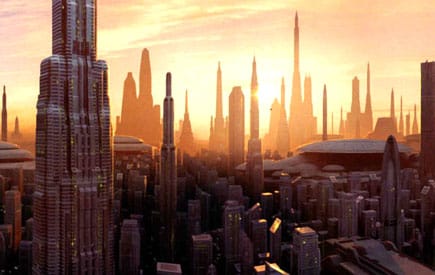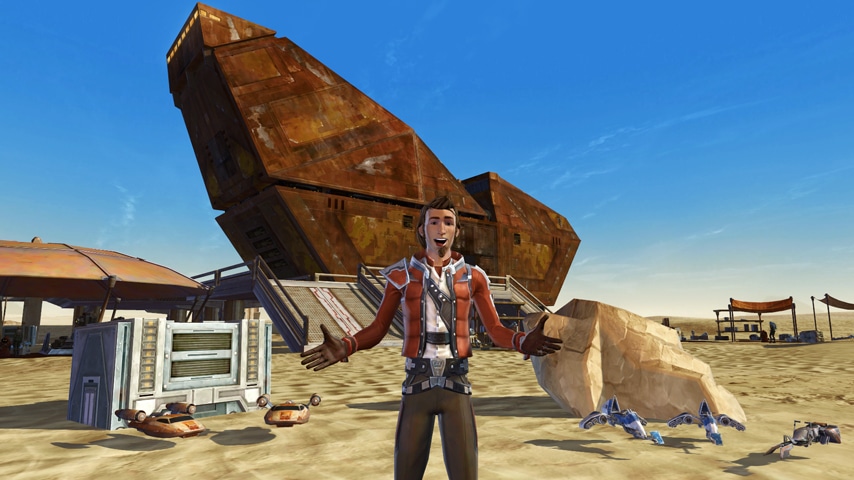From the bustling cityscape of Coruscant to the desert settlements of Tatooine, the Star Wars universe presents a rich tapestry of urban environments. While these cities may exist in a galaxy far, far away, they offer valuable insights for urban planning and development in our own world. Let’s embark on an interstellar journey to explore these lessons.
I. Coruscant: The Vertical City
Coruscant, a planet entirely covered by a sprawling city, represents the epitome of vertical urban planning. With countless layers of city stacked upon one another, Coruscant demonstrates how to maximize space in densely populated areas.
Lesson for Earth: As urban populations continue to grow, cities will need to build upwards. High-rise residential and commercial buildings, vertical gardens, and rooftop spaces can help accommodate this growth while preserving ground-level space for public use.
II. Tatooine: Adapting to the Environment
Tatooine’s desert settlements, with their dome-shaped buildings and subterranean homes, showcase how architecture can adapt to harsh environments. These structures, built from local materials, are designed to stay cool in the desert heat.
Lesson for Earth: Climate-adaptive architecture is crucial in the face of global warming. Using local materials and designing buildings to suit the local climate can reduce energy consumption and make cities more resilient to climate change.
III. Cloud City: Sustainable Resource Use
Cloud City, a settlement hovering in the skies of Bespin, is a gas mining colony. It demonstrates how urban environments can coexist with resource extraction, using advanced technology to minimize environmental impact.
Lesson for Earth: As cities grapple with the need for sustainable resource use, technology will play a crucial role. Urban planners and developers must consider how to integrate resource extraction and renewable energy production into city design.
IV. Naboo: Harmony with Nature
Naboo’s cities, whether human or Gungan, are built in harmony with nature. The human cities feature classical architecture integrated with the natural landscape, while the Gungan’s underwater cities minimize disruption to the aquatic ecosystem.
Lesson for Earth: Urban planning must prioritize harmony with nature. This can be achieved through preserving natural landscapes, integrating green spaces into city design, and minimizing ecological disruption.
V. FAQs
- Can we realistically apply Star Wars urban planning concepts to Earth? While we may not be building floating cities or planet-wide metropolises, the underlying principles of efficient space use, environmental adaptation, sustainable resource use, and harmony with nature are all applicable to Earth’s urban planning.
- What other Star Wars locations offer urban planning insights? The Death Star, while a weapon, is also a space station that houses a large population, offering lessons in compact living and resource management.
- How can these lessons shape the future of urban planning? These lessons can guide the development of sustainable, resilient cities that are equipped to handle growing populations, climate change, and resource management challenges.
Conclusion
While the Star Wars universe is a work of fiction, its diverse cities offer real-world lessons in urban planning. By looking to these interstellar settlements, planners and developers can find innovative solutions to the challenges facing our own urban environments. As we shape the cities of the future, we can draw inspiration from a galaxy far, far away.





